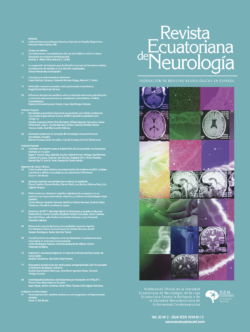Objective: To examine the concurrent validity of the Hamilton Depression Rating Scale and the Beck Depression Inventory for quantifying depression in patients with Parkinson’s disease, using the ICD-10 Diagnostic Criteria as the gold standard, and to determine if the somatization items considered are pertinent.
Methods: The study involved one hundred and forty consecutive PD patients –102 men and 38 women– with a mean age of 68.7 years and mean disease duration of 6.7 years. Sensitivity, specificity, positive and negative predictive values and likelihood ratios were obtained with a 95% CI. ROC Curves (AUC) were also performed.
Results: Based on ROC measurement of discriminative ability, our results suggest that both scales were poor at recognizing mild depression, somewhat better at recognizing moderate depression and adequate for distinguishing severe depression, though with poor specificity. Comparisons of HDRS-21, HDRS-12, BDI-21 and BDI-16 to determine concurrent validity all gave similar results for each depression level and no important differences between the complete scales (all 21 items) and abbreviated forms (without somatic items) were noted.
Conclusions: We conclude that both scales possess similar psychometric properties, but our results cannot be compared with those of other studies that used DSM-IV criteria as their gold standard. These observations led to the following conclusions: (1) the evaluation scales and criteria that comprise them were not designed for PD; (2) the somatic items observed in our patients were a product of PD; and (3) as the severity of the illness increased, so did the number of items that were confused as elements of depression.





